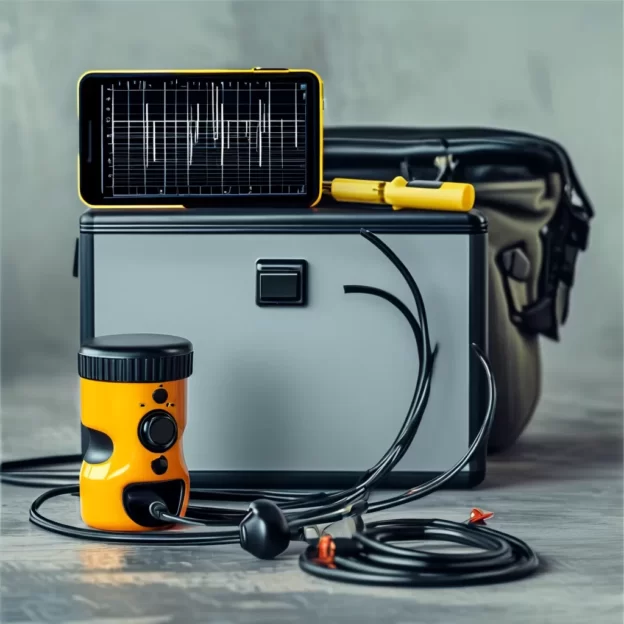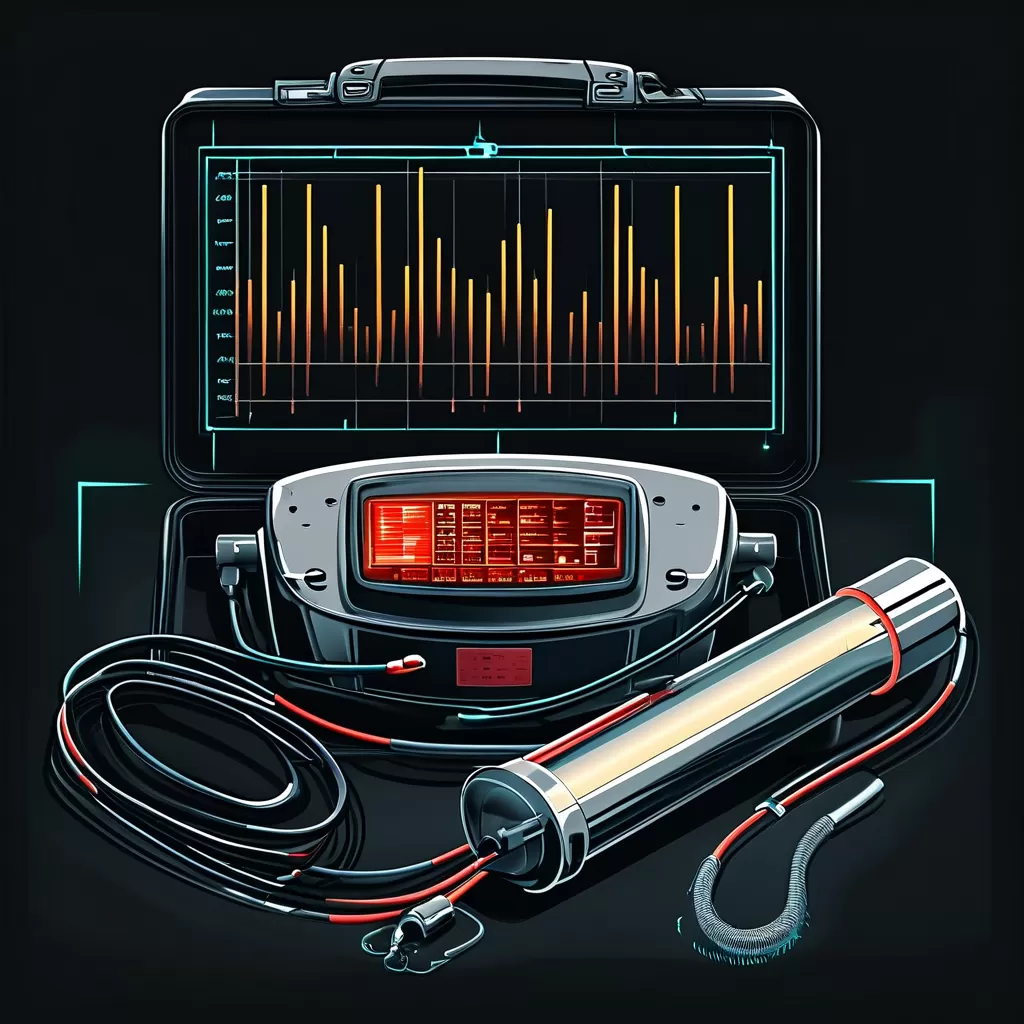Analyzing Chest Compressions: What a Feedback Device Monitors
In the critical moments following cardiac arrest, effective Cardiopulmonary Resuscitation (CPR) can mean the difference between life and death. While the foundational technique of chest compressions is well-established, performing them consistently at the right depth, rate, and allowing adequate recoil is notoriously difficult for even trained individuals under stress. This is where technology steps in, providing vital feedback through CPR feedback devices. Understanding what these sophisticated tools monitor is crucial for optimizing resuscitation efforts and improving survival outcomes.
Enhancing CPR Performance: The Role of Feedback Devices
CPR feedback devices, often integrated into automated external defibrillators (AEDs) or used as standalone handheld units, represent a significant advancement in emergency cardiac care. Their primary purpose is to provide real-time quantitative feedback to rescuers performing chest compressions. Without this feedback, adherence to the universally recommended guidelines—such as those from the American Heart Association (AHA) and other international bodies—can be inconsistent. These devices aim to standardize compression quality, ensuring that the mechanical force delivered is as effective as possible until advanced medical help arrives.
Traditionally, CPR quality relied heavily on observation, feel, and anecdotal experience, leading to significant variability. A chest compression feedback device addresses this gap by offering objective, immediate data. This translates to better performance under pressure, increased confidence for rescuers, and ultimately, a higher chance of successful resuscitation. The feedback mechanisms employed are designed to be intuitive, often using visual displays, audible alerts, or tactile vibrations to guide the performer.
Key Parameters Monitored: Depth, Rate, and Release
The effectiveness of chest compressions hinges on several critical factors, and feedback devices are specifically engineered to monitor these. The most fundamental parameters are compression depth, compression rate, and chest recoil (the release phase).
Compression Depth: Ensuring Adequate Chest Compression
One of the primary functions of a chest compression feedback device is to measure the depth of each compression. For adults, the recommended compression depth is approximately 2 to 2.4 inches (5 to 6 centimeters), compressing the chest by about one-third. This depth is essential because it generates the necessary intrathoracic pressure to manually circulate blood and maintain perfusion to vital organs like the brain and heart.
What does a chest compression feedback device monitor? It specifically measures how deep each compression goes. Through built-in sensors—typically pressure-sensitive or capacitive—these devices detect the amount of depression of the chest plate (or sensor pad) into the surface. If the depth is insufficient, the device may provide an audible alert, often a tone or beep, indicating that the compressor needs to push harder. Conversely, if compressions are too deep, potentially risking rib fractures or other injuries, the device might signal to allow shallower compressions.
The feedback on depth is usually displayed visually, often as a graph or a simple indicator bar that moves between green (adequate), yellow (improving), and red (ineffective) zones. Some advanced devices even provide haptic (vibrational) feedback that gently pulses to guide the correct depth. Consistent monitoring ensures that rescuers maintain the optimal compression depth throughout the duration of CPR, which can significantly impact blood flow and survival rates.
Compression Rate: Maintaining the Correct Speed
Alongside depth, the rate of compressions is another critical factor meticulously monitored by feedback devices. The AHA and similar organizations recommend a compression rate of at least 100 to 120 compressions per minute, often described as a steady rhythm like the beat of the song “Stayin’ Alive” by the Bee Gees. This specific rate ensures adequate cardiac output by allowing the heart to fill with blood between compressions (the relaxation phase) and then ejecting it effectively during compression. Chest Compression Feedback Monitor: Revolutionizing CPR Accuracy
What does a chest compression feedback device monitor? It continuously tracks the frequency of compressions. If the rate is too slow, the device will typically emit an audible prompt, urging the compressor to speed up. Conversely, if compressions are too rapid, potentially compromising blood flow or causing fatigue too quickly, the device will signal to slow down the pace.
Visual displays often show a metronome-like indicator or a graphical representation of the compression rate, making it easy for the performer to adjust their pace accordingly. Maintaining the correct rate is crucial because an insufficient rate fails to generate adequate circulation, while an excessively fast rate may not allow sufficient time for complete chest recoil and can lead to fatigue, resulting in shallower compressions over time. What Does the Chest Compression Feedback Device Monitor to Improve CPR Effectiveness?
Chest Recoil: Allowing the Heart to Fill
After each compression, the chest must fully recoil to allow the heart to refill with blood between beats. Insufficient recoil, where the rescuer partially blocks the chest from returning to its normal position, significantly reduces the efficiency of CPR by limiting venous return to the heart. A key aspect monitored by feedback devices is therefore the extent of chest recoil. What does a chest compression feedback device monitor in CPR?
What does a chest compression feedback device monitor? It assesses whether the chest is adequately releasing after each compression. If rescuers allow their hands to remain on the chest or consciously lean into it during the relaxation phase, the device detects this lack of full recoil and provides an alert. This feedback is often delivered through specific auditory or visual signals indicating that the release is incomplete.
Ensuring proper recoil is vital for maximizing blood flow. A device that actively monitors and prompts for adequate release helps prevent this common error, contributing to more effective circulation. Some advanced devices even incorporate sensors that specifically measure the time taken for the chest to recoil to its starting position between compressions.
Advanced Features: Hand Placement and Sternal Angle
Beyond the core parameters of depth, rate, and recoil, some more sophisticated feedback devices incorporate monitoring of hand placement and sternal compression angle.
Correct hand placement is essential for targeting the appropriate area of the sternum and avoiding compression of the ribs or abdomen. Some devices feature pressure mapping or specific sensors that can alert the user if their hands are not positioned correctly or if pressure is unevenly distributed.
Additionally, the angle of the shoulders, elbows, and wrists during compression significantly affects the quality of compressions. Devices that monitor the sternal angle ensure that the rescuer maintains the optimal alignment (generally perpendicular to the victim’s body) which maximizes the force delivered to the chest compressions.
Alert Systems and Performance Feedback
Feedback devices don’t just measure; they actively guide and correct. They employ various alert systems to communicate deficiencies:
- Audible Alerts: Beeps, tones, or verbal prompts indicate errors in depth, rate, or recoil.
- Visual Feedback: Graphs, numerical displays, or colored indicators show real-time performance and deviation from guidelines.
- Haptic Feedback (Vibration): Some devices provide tactile cues, such as a gentle vibration, to guide depth or signal the need for a release.
This immediate feedback loop allows the compressor to make real-time adjustments, effectively coaching themselves through the demanding process of CPR. Some devices even provide a summary report after CPR, detailing the overall quality, duration, and specific metrics monitored, which can be invaluable for quality improvement programs or training purposes.
Conclusion: Improving Survival Through Quantified Compression
Chest compression feedback devices represent a powerful tool in the arsenal of CPR. By directly addressing the common challenges of maintaining adequate compression depth, correct rate, and sufficient chest recoil, these devices provide the quantitative data necessary for high-quality CPR. Answering the question, “What does a chest compression feedback device monitor?” reveals that they focus on the core mechanical aspects of compressions crucial for effective blood flow.
The integration of feedback technology standardizes CPR performance, enhances rescuer confidence, and ultimately aims to improve survival rates from cardiac arrest. While the fundamental monitoring remains depth, rate, and recoil, advancements continue to include hand placement and alignment. As this technology evolves, it promises to further refine CPR technique and contribute significantly to saving lives in critical situations.



